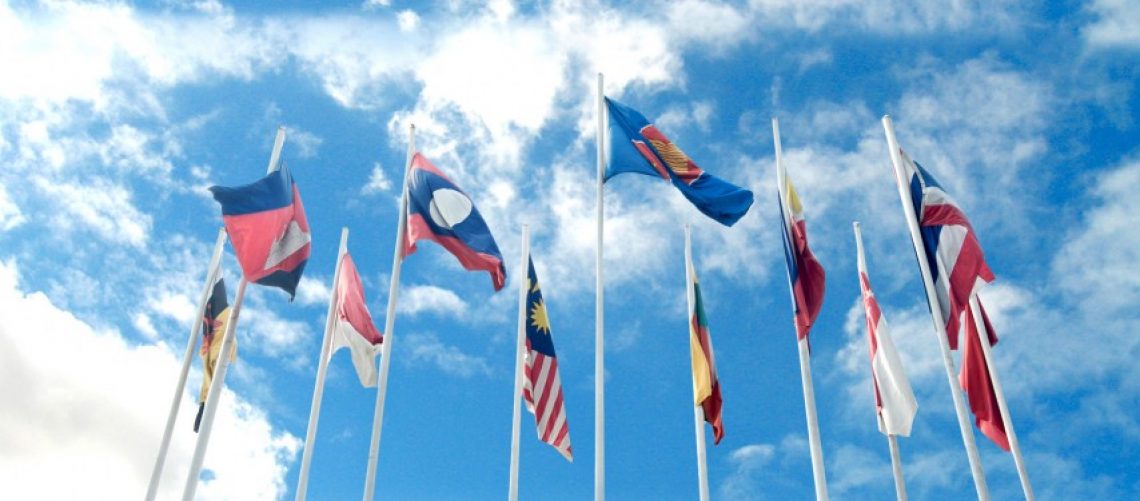1. The Seventeenth Consultations between the ASEAN Economic Ministers (AEM) and Economic Ministers of the People’s Republic of China, Japan and the Republic of Korea were held on 26 August 2014 in Nay Pyi Taw, Myanmar. The Consultations were co‐chaired by H.E. Dr. Kan Zaw, Union Minister for National Planning and Economic Development of Myanmar; H.E. Gao Hucheng, Minister of Commerce of China; H.E. Toshimitsu Motegi, Minister for Economy, Trade and Industry of Japan; and H.E. Yoon Sang‐jick, Minister of Trade, Industry and Energy of Korea.
2. The Ministers noted that the trade and investment relations between ASEAN and the Plus Three Countries retained its momentum despites challenges derived from uncertainties in the global economy. In 2013, ASEAN total trade with the Plus Three Countries recorded an increase of 1.8% year‐on‐year, amounting to US$726.4 billion and accounting for 28.9% of ASEAN’s total trade. Though ASEAN’s imports from the Plus Three Countries grew by 2.1% year‐on‐year in 2013, the rate has moderated from 11.2% the previous year. ASEAN’s exports to the Plus Three Countries grew by 1.5% year‐on‐year. Total foreign direct investment (FDI) flows from the Plus Three Countries into ASEAN reached US$56 billion or 46.1% of total, representing a 9.4% increase from the previous year.
Download the full statement here.
- ABOUT ASEANThe Association of Southeast Asian Nations, or ASEAN, was established on 8 August 1967 in Bangkok, Thailand, with the signing of the ASEAN Declaration (Bangkok Declaration) by the Founding Fathers of ASEAN: Indonesia, Malaysia, Philippines, Singapore and Thailand. Brunei Darussalam joined ASEAN on 7 January 1984, followed by Viet Nam on 28 July 1995, Lao PDR and Myanmar on 23 July 1997, and Cambodia on 30 April 1999, making up what is today the ten Member States of ASEAN.Menu
- WHAT WE DO
ASEAN organs always strive to achieve ASEAN’s goals and objectives, the Secretary-General of ASEAN and the ASEAN Secretariat shall be functioned as coordinating Secretariat to help facilitate effective decision-making withing and amongst ASEAN bodies. In addition, each Member State shall appoint a Permanent Representative to liaise with Secretary-General of ASEAN and the ASEAN Secretariat
Menu - WHO WE WORK WITH
ASEAN shall develop friendly relations and mutually beneficial dialogues, cooperation and partnerships with countries and sub-regional, regional and international organisations and institutions. This includes external partners, ASEAN entities, human rights bodies, non-ASEAN Member States Ambassadors to ASEAN, ASEAN committees in third countries and international organisations, as well as international / regional organisations.
Menu - OUR COMMUNITIES
The rodmap for an ASEAN Community (2009-2015) was declared by the leaders in 2009. The ASEAN Community, anchored on three community pillars: Political-Security Community, Economic Community, Socio-Cultural Community was launched in 2015. The ASEAN 2025: Forging Ahead Together was introduced in 2015 as a Post-2015 Vision. It comprises the ASEAN Community Vision 2025, the ASEAN Political-Security Community Blueprint 2025, the ASEAN Economic Community Blueprint 2025 and the ASEAN Socio-Cultural Community Blueprint 2025
Menu - SITEMAP





